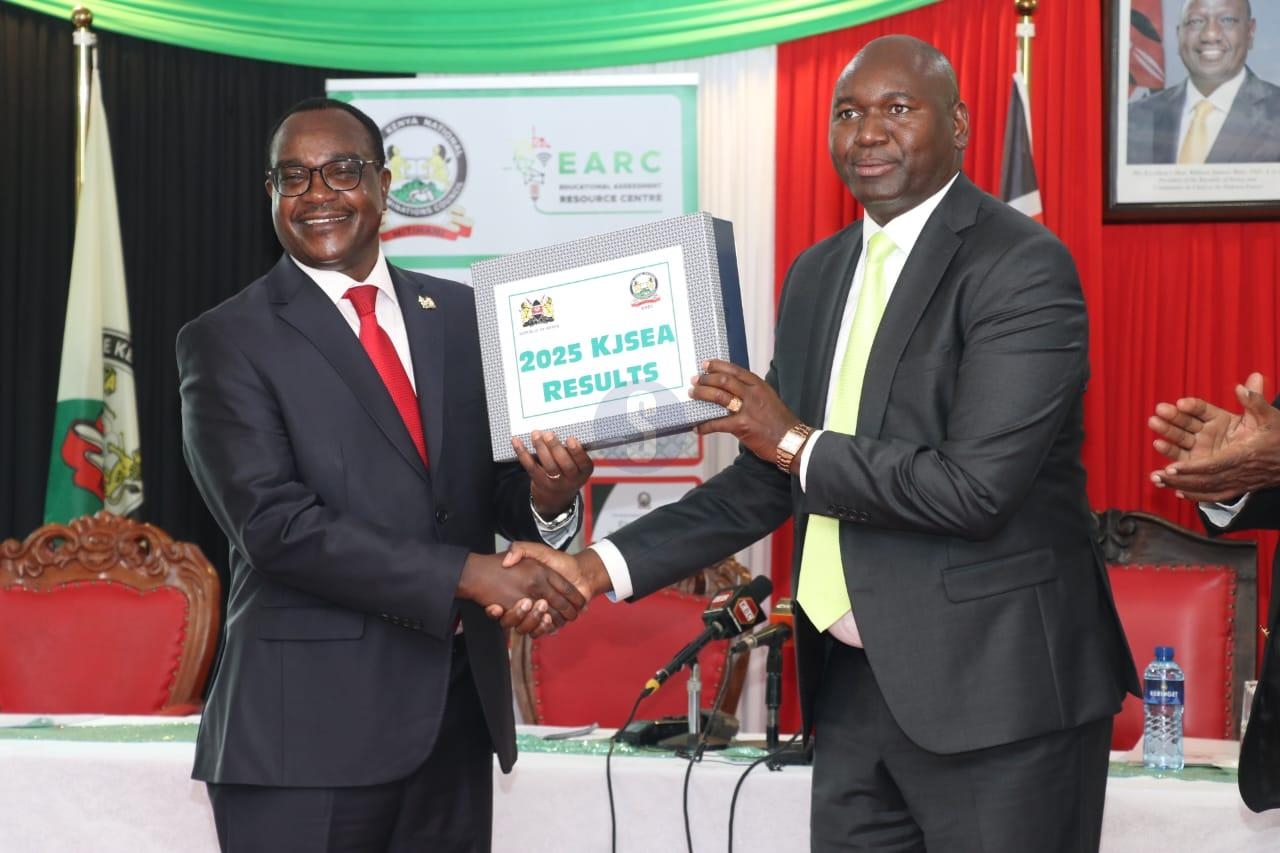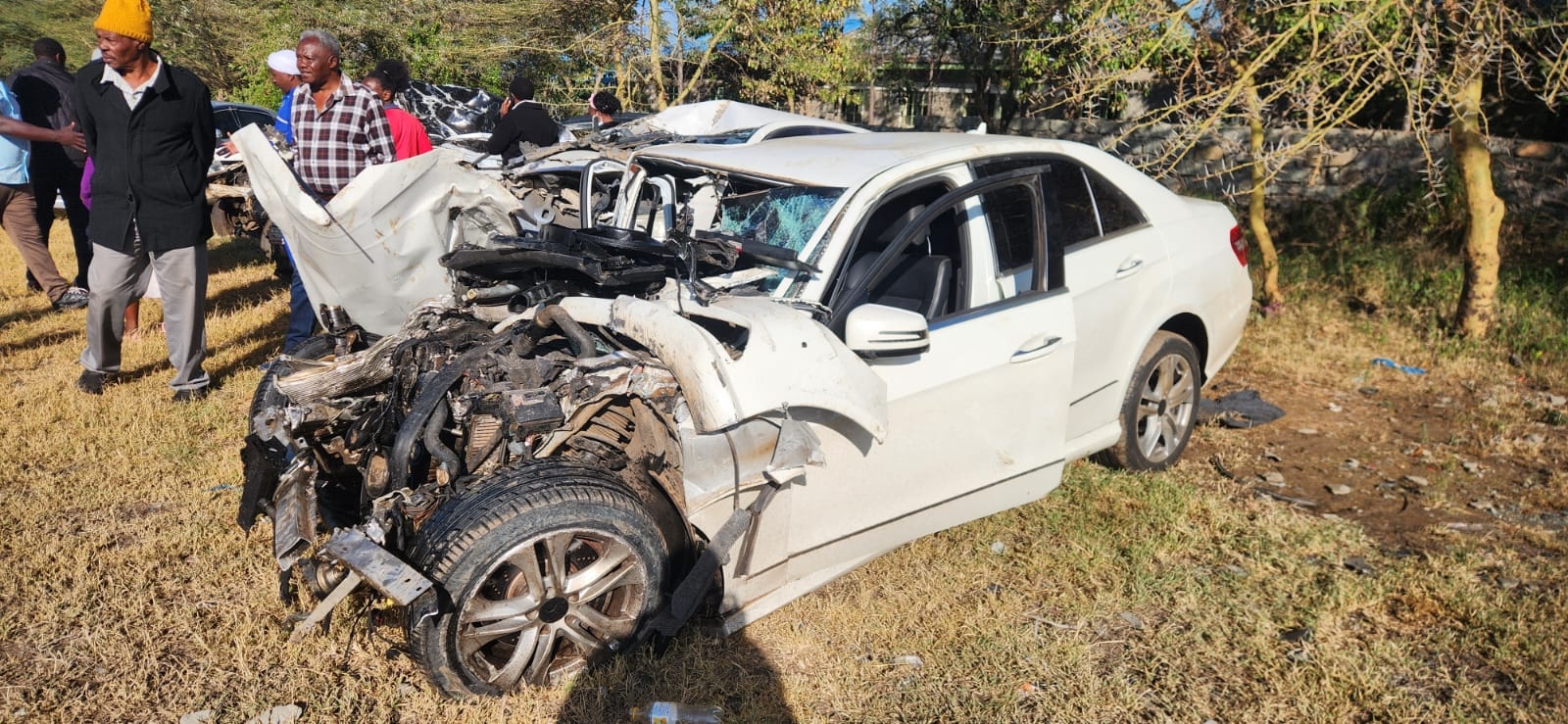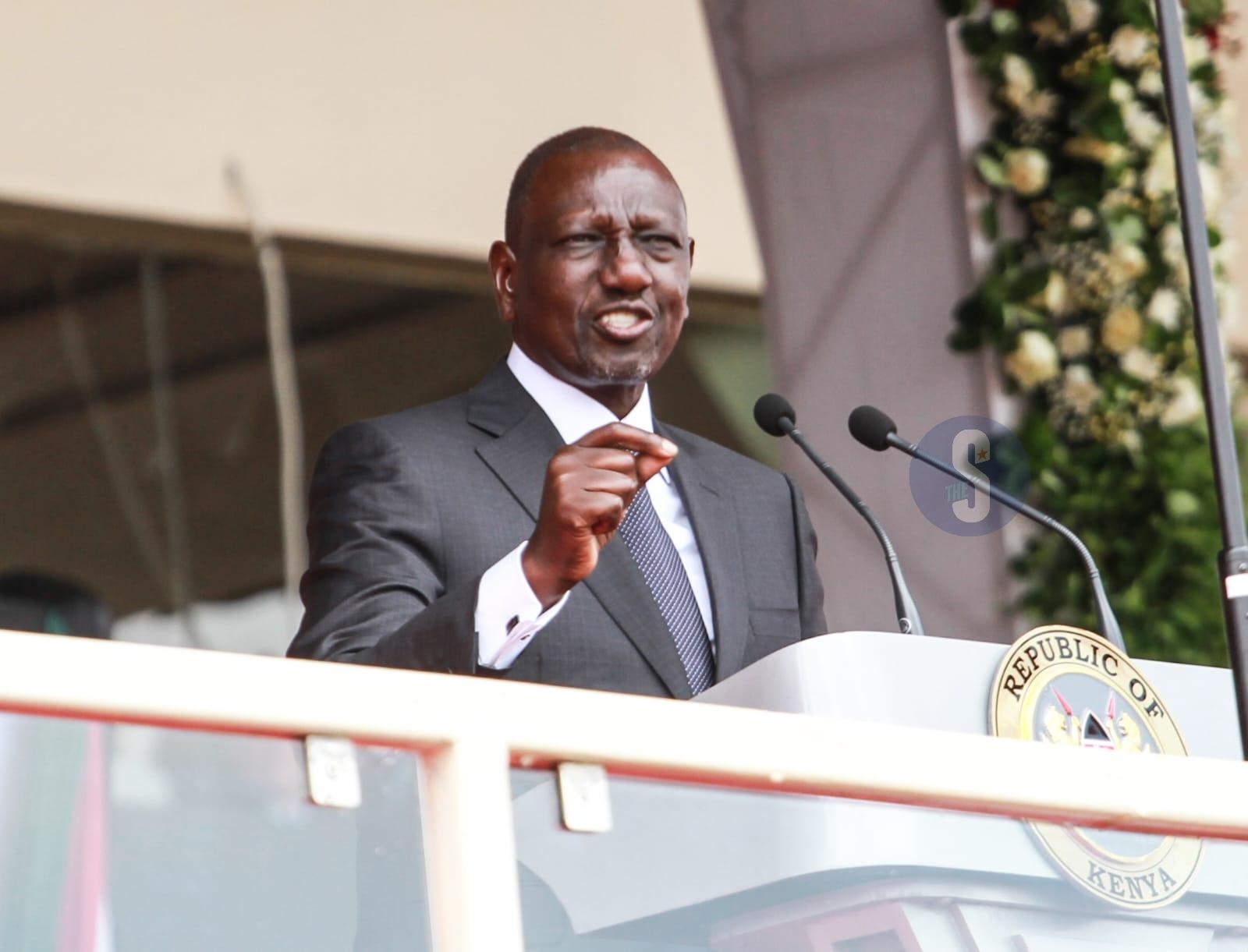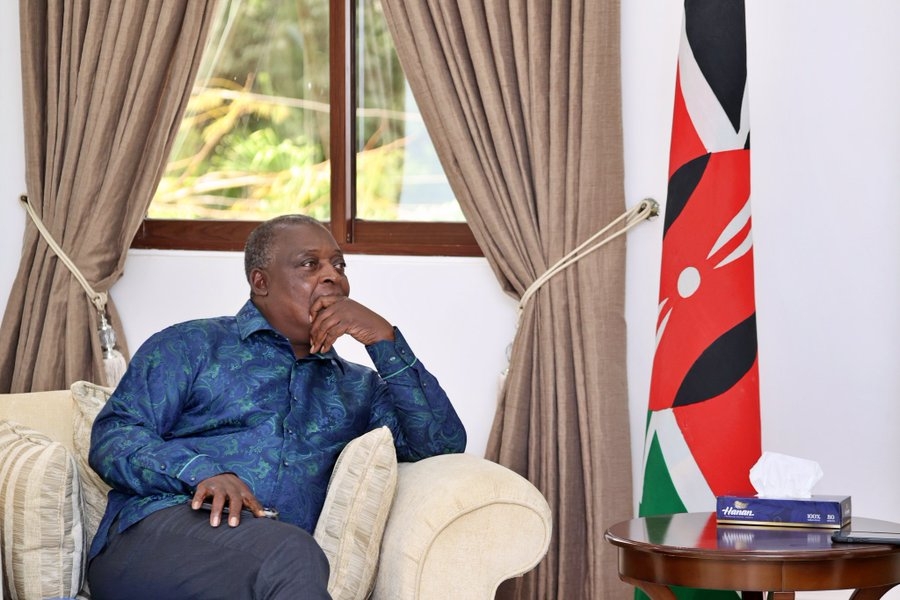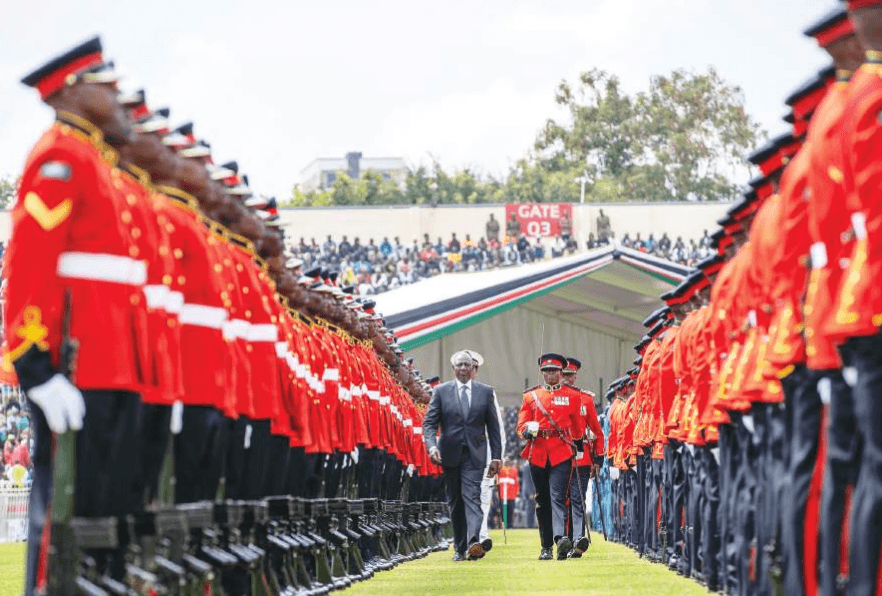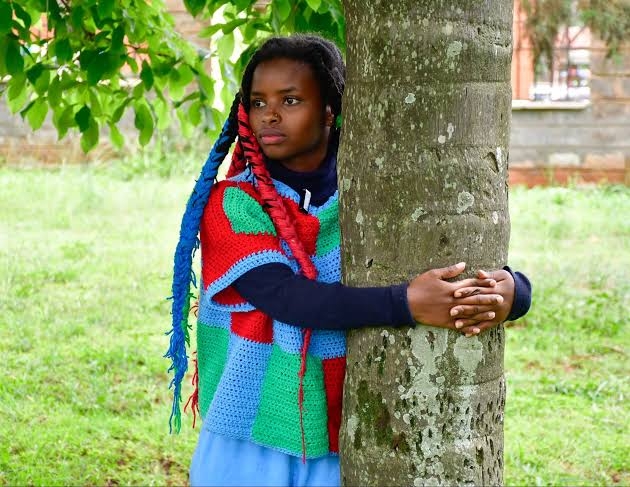As the sun rises and sets over the lush green and brown fields strewn across the Bura Irrigation Scheme, rice farmers guess that their labours are bathed in rays of hope. The rice crop variety that thrives here is Komboka.
John Macharia, 63, is one of the Komboka rice farmers in these expansive plains. His farm is 18 acres. He’s subdivided it three times into four, six and eight acres. When the first two are being harvested, planting is going on in the third one.
Macharia delved into rice farming in Bura, Tana River county, in 2016. His first choice was the Pishori variety. It failed to bloom. “At that time, we didn’t know about Komboka,” he says. “Pishori would shoot up and after some time, flatten out.”
In 2019-20, the Kenya Agricultural, Livestock and Research Organisation (Kalro), introduced Macharia to Komboka during trials of some rice varieties held in one of the villages in the scheme. Farmers were invited to assess which kind thrived most.
Komboka carried the day. “I tried it out in my nursery,” Macharia says. “I transplanted it in a paddy. I saw the result. I concluded that it was ideal for Bura.”
Following the successful trials, a handful of farmers with less than a combined total of 200 acres dived into the venture. Macharia and other farmers were attracted to the crop due to its high yield and demand.
The acreage of Komboka blossomed in 2021 to hit 1,500. Since then, more farmers have been enticed to cultivate the crop.
Currently, about 3,500 acres are reserved for this rice, being grown by around 2,000 farmers. Since the financial returns are attractive, “We anticipate to grow about 6,000 acres this season,” Macharia says.
In the rice farms, most labour is required during planting and weeding after a rotovator is used in land preparation. Once water has been pumped in, four or five labourers level the paddy. Planting engages about 12 people. Each one is paid Sh1,000. Almost Sh70,000 is consumed as farm input. “The returns may be as much as Sh250,000,” Macharia says.
He reaps 40-45 bags from one and a half acres. It takes four months to harvest the crop. A combine harvester does the job.
Komboka has earned us more money than any other farming around here. The first time I earned Sh400,000 at once was from Komboka farming
DROUGHT RESISTANCE
Macharia believes Pishori is not as tolerant of drought as Komboka. “With little water, Komboka still survives,” he says. He believes hunger has been eliminated from Bura and its peripheries due to the easy availability of the Komboka grain.
Consumption of rice in the coastal region is known to be high. Varieties such as Pishori, Pakistan and Sindano have dominated the culinary arena in the region. Komboka rice demand has been steadily increasing at the Coast. In Hola, Bura and neighbouring Garissa, traders seem convinced that Komboka has dislodged the other varieties from the apex.
Farmers and traders take some of the rice to small-scale millers in Bura. But most of the rice is transported to major processors in Mwea.
“Komboka has earned us more money than any other farming around here,” Macharia says. “The first time I earned Sh400,000 at once was from Komboka farming.” He narrates that orders are sometimes placed while the crop is still standing in the fields. Some offers cover the cost of harvesting!
One of Macharia’s regrets is the infiltration of brokers, whom he says dictate the pricing, going to as low as Sh40 per kg, and this hurts farmers. “Our plea is that the National Cereals and Produce Board (NCPB) should buy more of our rice.”
Despite the pricing influence by brokers, Macharia doesn’t seem to experience many setbacks. He discloses that he’s never taken a loan to educate his three children. One sack of 100kg of rice costs about Sh6,000. Depending on the field that he’s harvested from, “I earn between Sh400, 000-700,000,” he says. He desires to see Komboka packaged and sold exclusively as Komboka for it to be promoted as a variety with demand.
KENYA’S RICE PRODUCTION
Kalro Mwea centre director Dr Ruth Musila is a rice breeder. She says, “In 2022, the production of rice in nearly 44,000 hectares was about 125,000 metric tonnes. The demand during that year was about 800,000 metric tonnes.”
To meet the deficit, she says, “We imported about 84 per cent of the demand, and this cost the country about Sh34.4 billion.”
Rice is the third-most important cereal in Kenya after wheat and maize. Dr Musila has been tracking the demand for rice, which has been increasing at a rate of 12 per cent compared to wheat and maize at 4 and 1 per cent respectively.
Macharia is originally from Laikipia. He ended up in Bura in August 1982 as a National Youth Service trainee. In 1984, he applied for land from the then-National Irrigation Board, now the National Irrigation Authority. He settled in Bura's village six. He tried his hand at maize and cotton farming. Poor market prices forced him to abandon these in favour of rice.
Some of the by-products from the rice serve as chicken and livestock feed. The husks produced during milling aid as fertiliser and also when spread in the paddies, cut down on evaporation.
A contemporary of Macharia is Stephen Njaramba, 62. He moved to the scheme in 1984. He, too, attempted cotton, maize and Pishori farming. Just like Macharia, he switched to Komboka. One of his farms is opposite Macharia’s. In total, 34 acres scattered within the scheme are leased out to him by NIA.
“The lease is at Sh4,500 per acre,” Njaramba says. “We pay Sh7,000 for water.” He terms these amounts "operation and maintenance costs".
He says, “Komboka is known elsewhere as the Pishori of Bura.” He considers Komboka farming so lucrative that, “Out of the 13 villages in the scheme, only one doesn’t grow rice.” On average, he concurs that one acre produces between 40-45 bags.
The market price keeps fluctuating, though. Despite this, he’s hardly broke. “My family is comfortable. We won’t leave Bura,” he says.
A survey of the various villages in the scheme reveals several upgraded homesteads. Shacks are being replaced with modest walled and iron-roofed houses.
The demand for rice will continue to increase unless we check it by introducing high-yielding varieties and also expand the county’s irrigation areas
FARMING CHALLENGES
One of the Bura farmers’ challenges is inadequate water. “If there was a means of water supply by gravity, this would help immensely in boosting produce manifold,” Njaramba says.
Even though the area rarely experiences rain, flooding sporadically occurs unexpectedly. This is because of torrential rains that pound other regions. As the floodwaters flow towards the Indian Ocean via the Tana River, an easier conduit is the scheme. The result may be devastating to the crop.
Sometimes quelea birds invade the farms and peck at the rice panicles. Njaramba increases the number of casuals to 10 or more to deter the birds. Wild pigs are also a threat. They frolic in the paddies, thus damaging the crop.
Njaramba recalls that before the Kalro Komboka seed system, there was a tendency to plant, harvest and preserve some produce to use as seed. “But with Kalro seed, it's different,” he says. “The seed is good quality.”
Njaramba was born in Molo. He has some property in Mwea and Subukia that he divulges he acquired from his Komboka-related activities.
“We eat Pishori because of its flavour,” he says. “Komboka is for satisfaction. It is bulkier than Pishori. It is like ugali or githeri.”
On the main street in Bura town is a cereals shop owned by Susan Njoki. She’s made Bura her home since 2020. In 2021, when the rice was introduced to farmers with more enthusiasm, she saw how productive it was. She decided to stay on and practise rice farming. “I have eight paddies, each is one and a half acres.”
“I established this business to mainly sell Komboka rice,” she says. “It’s a way of promoting it.” She sells Pishori, Komboka and Pakistan rice at Sh200, 140 and 120 per kg respectively.
Njoki doesn’t order more than 50kg of Pishori. But a month may pass by without the quantity running out. “Komboka is fast-moving.” She assures that she doesn’t mix Komboka with other varieties. She sells about 30 bags of Komboka in a month.
She, too, got exposed to the variety through one of the Kalro-driven trials in Bura, on Macharia’s demonstration farm.
In as much as Macharia, Njaramba and other farmers’ concerted efforts within the Bura Irrigation Scheme aim to produce more rice, Dr Musila’s fears remain.
“The demand for rice will continue to increase unless we check it by introducing high-yielding varieties and also expand the county’s irrigation areas,” she says.


